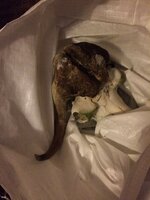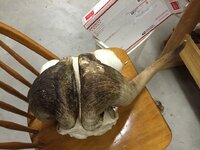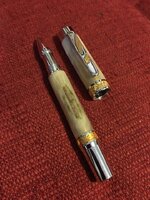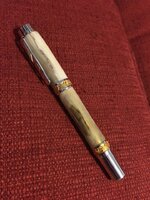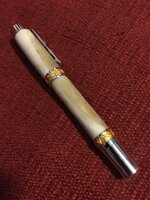Horn is generally modified hairs .... much like fingernails, yup .... antler is bone, like teeth or ivory ... (specifically, ivory is dentin, a hard version of bone that can have a softer backing for durability).
Shark teeth are modified scales, rather than bone or dentin.
Most horn can be .... quite pliable and easy to shape. In the past, many people would obtain their "platterware" as carved wood or carved horn. Carved bone could be used but as it was a much harder material to work, it was reserved more for the higher class .... but the wealthy? They ate with "silverware". Literally ... solid silver tableware. In some cases, gold dipped or gold plated, whereas the very wealthy and the nobility may even eat using solid gold spoons and forks, and possibly gold plated knives as part of their table cutlery.
For horn platterware .... you would first soak the horn for a few weeks to make it pliable (some modern makers also microwave it a little to heat it up and help it delaminate ... it comes apart in thin layers easily). You could then take the thin layer and iron it between some sheets of leather or cloth to flatten it out .... after which you could carve the specific shape you wish and then use hot coals or a hot iron and some specially curved clamps to get the curves you wanted in the material. Horn was the plastic of the dark ages ... it would bend and curve how you wished. HOWEVER This material is not "dishwasher safe" ... if you get it hot and wet, it will tend to want to curl back into it's original shape as it was as part of the horn. This is why most households would have a cheap set of shaped clamps for their platterware, to bend it back... or take the risk of eating with iron platterware that could rust or possibly contain trace elements that could be poisonous ... or just go with sycamore tableware that was naturally bacteria resistant.
You could eat cold soups and porridge with horn tableware ... you could eat hot meals with wooden tableware that was bacteria resistant, though if you let the hot liquids soak into things like wooden platters and bowls, they would soon crack over time.
Horn will move with large temperature changes .... it will want to uncurl back to it's normal set position if made damp and heated .... glue it well, paint and seal it if it's light colored as it is naturally transluscent, MAKE SURE you seal the ends well (and polish it nicely, of course) and make sure you also seal the outer side of the barrel as well with a good thick layer of CA or other long lasting sealer. It will absorb water readily, and then warp right before your eyes.

